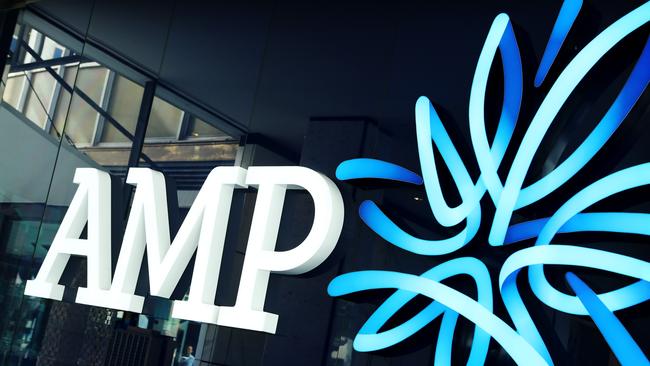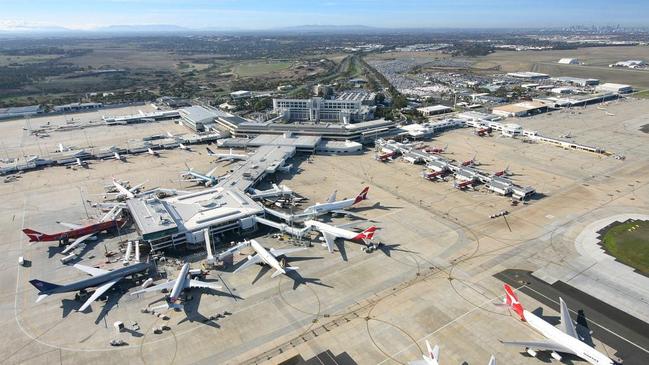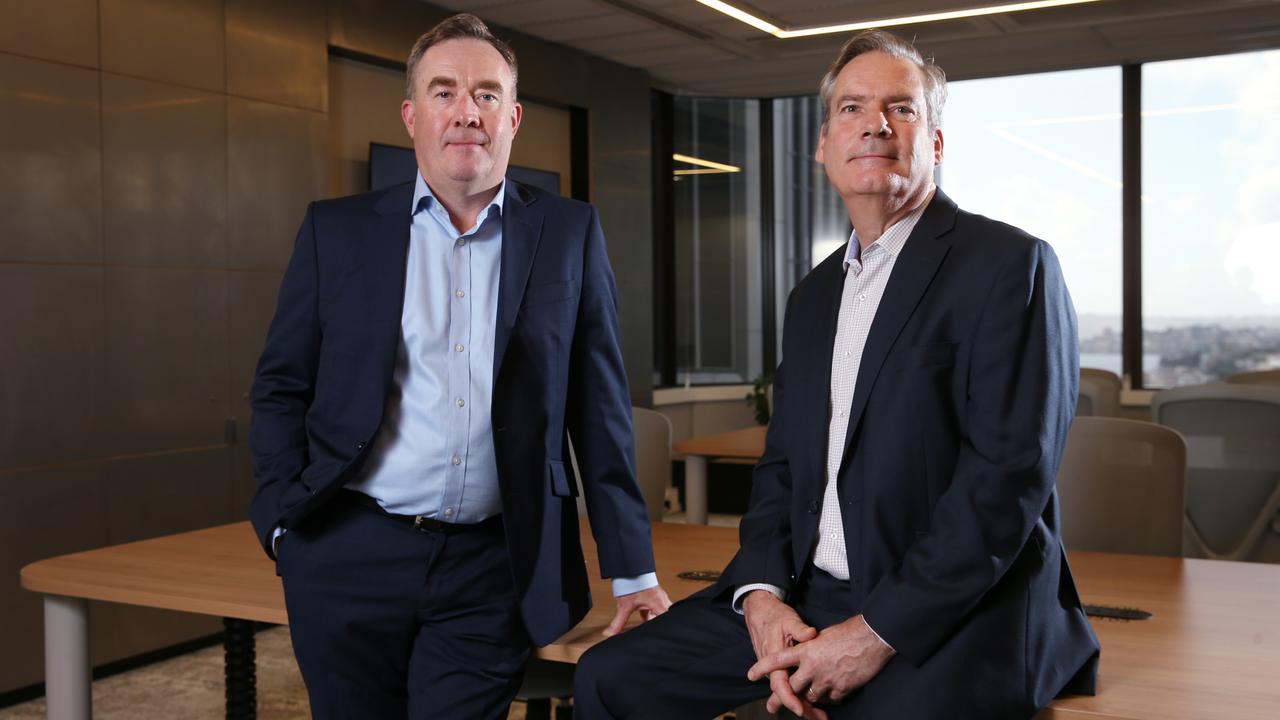
Once dubbed by former prime minister Paul Keating as one of the “six pillars” of the nation’s financial system, AMP has been in a perpetual cycle of acquisitions, demergers, asset sales, capital raisings, management and board upheavals since its 1998 ASX listing.
AMP’s board spent Easter weighing up a complex buyout of its soon to be spun-out AMP Capital funds business. While the offer by real estate giant Dexus for AMP’s property funds platform and an international auction for the global infrastructure business will be confirmed as early as Tuesday, any decision on a deal could be pushed into later this week.
The planned spin-out of the $44bn property and funds business into a separately listed ASX entity was already under way, with AMP’s board pitching earlier this month that separation would help put both businesses on a path to growth.

However, AMP wasn’t prepared to cut ties entirely in its lucrative funds platform, opting to retain a cornerstone stake in the business which was to be renamed Collimate Capital.
Still, it is this work on the demerger will be used as leverage in pricing for a deal as AMP’s board weighs up whether shareholders will be better off with a sale.
Dexus has its eye on AMP’s prized property arm, while the global infrastructure platform, which includes stakes in the UK’s Newcastle airport and British rail infrastructure player Angel Trains, is the subject of a bidding war led by Apollo Global Management. AMP has already sold off a stake in the lucrative infrastructure debt platform for $428m, which would have sat neatly in the infrastructure business which is being positioned as a hedge against rampant global inflation. In total the property and infrastructure arm, which last year generated $154m in profit, could fetch more than $1.2bn on a stretched sale multiple.
It will all come down to whether a sale today is the less risky way forward for AMP shareholders, who no longer have to fund the expensive and messy separation costs as well as repayment of debt. Nearly $200m in post-tax demerger costs were forecast, on top of an additional $100m in “transformational” costs for the split.
Even so, the long-weekend approach marks the beginning of the end for AMP’s funds business, which peaked at more than $130bn in assets and ultimately the powerhouse manager that could have beaten investment bank Macquarie Group in the lucrative infrastructure space.
Instead the well-regarded funds arm lost out to the themes that have haunted AMP over the past two decades: management hubris, strategic missteps and ultimately investor losses.
Since its spectacular implosion at the Hayne financial services royal commission over its financial advice scandal, AMP has never been able to recover.
Since then there has been a jumble sale of the wealth manager’s one-time trophy business, but no one has wanted the whole integrated affair.
It’s telling that just 10 years ago AMP and Macquarie Group were neck and neck in terms of market capitalisation of about $12bn each. But AMP’s overpayment for AXA Asia Pacific, leading to a massively distracting merger and using the infrastructure funds business as a cash cow rather than for growth, put AMP and Macquarie on sharply different trajectories.
Today AMP is valued at $3.5bn and Macquarie at $78bn. Now responsibility has fallen on former ANZ banker Alexis George as AMP’s new chief executive to clean up years of mismanagement. George, a seasoned wealth executive, has form in overseeing complex transactions. At ANZ she oversaw the highly complex sale of ANZ’s $4bn wealth business, including the bank’s separation of the insurance and superannuation unit.

Under the planned split, the remaining “core” AMP business, the wealth management arm, will have 1.5 million customers across superannuation and financial advice and oversee assets under management of $131bn. AMP Bank, which itself had been earmarked for sale but eventually pulled from the market two years ago amid a lukewarm response, will also stay with AMP. Brokerage JPMorgan has given this a near $3bn valuation with nearly half of this attached to its bank.
George’s plan is to stabilise AMP and now build a wealth manager around the core of the bank. However, with a lending book of $22bn, the bank ranks as one of the smallest of the local players and lacks scale needed to compete in the cooling mortgage market. By comparison Bendigo Bank or Bank of Queensland both have just over $72bn in loans while Suncorp has around $60bn.
AMP’s financial adviser ranks have been severely depleted in recent years, with fewer than 600 licensed advisers on its books. In one year AMP has lost nearly 30 per cent of its adviser base. The business is still losing money, although George has pushed through price rises on adviser fees and deeper cost cuts.

One bright spot remains the North financial adviser platform inherited from AXA.
In the earlier days AMP Capital was arguably the innovator around infrastructure. It moved in on airports such as Melbourne and Launceston long before Macquarie Group saw the recurring fee potential from the long-term assets. AMP also shifted into energy assets, using the funds management arm to match the long-dated investment needs coming from clients of AMP’s adviser base.
However, the key difference was Macquarie soon started to use its own balance sheet to fund infrastructure acquisitions, from toll roads, pipelines to airports.
Macquarie kept a slice of the assets as a co-investor, which generated considerable confidence among its big super fund investor base, allowing it to turbocharge growth. In the mid-2000s there was a push among senior AMP Capital executives to follow a similar model but this faced resistance at the board level.
Instead AMP was using any surplus capital to plug a whole in its sinking life insurance businesses that it had spent the best part of a decade feasting on the surplus capital before markets soured.
Elsewhere deepening capital demands used to fund a Virgin Financial expansion held jointly with Virgin Financial and massive losses in GIO’s reinsurance book took management time and attention.
In short, AMP was doing too much, particularly through a misguided offshore expansion and lost sight of its strengths.
In the process it wasted billions of dollars in funds that could have been used to fuel its expanding funds management business.
Entrusted with the retirement or life savings of millions of Australians, AMP has become a company that has squandered its own advantage.
johnstone@theaustralian.com.au






As the 173-year-old AMP prepares to lose its most prized possession under another round of carve-ups, investors will be wondering what exactly they are going to be left with.